全站搜索
Buscar en todo el sitio web
Buscar en todo el sitio web
When compared with the traditional cone crusher, The hydraulic cone crusher has higher production capacity, better grain shape of the finished product and high automation degree, which creates more value for customers.
Multi-cylinder Hydraulic Cone Crusher are a new type of cone crushers developed and optimized by our company on the basis of introducing and absorbing European and American hydraulic cone crusher technologies. Compared with other cone crushers, it boasts low energy consumption, large crushing force, high reliability, large production capacity, high degree of automation, simple operation and maintenance, good product shape, low cost of wearing parts, etc.
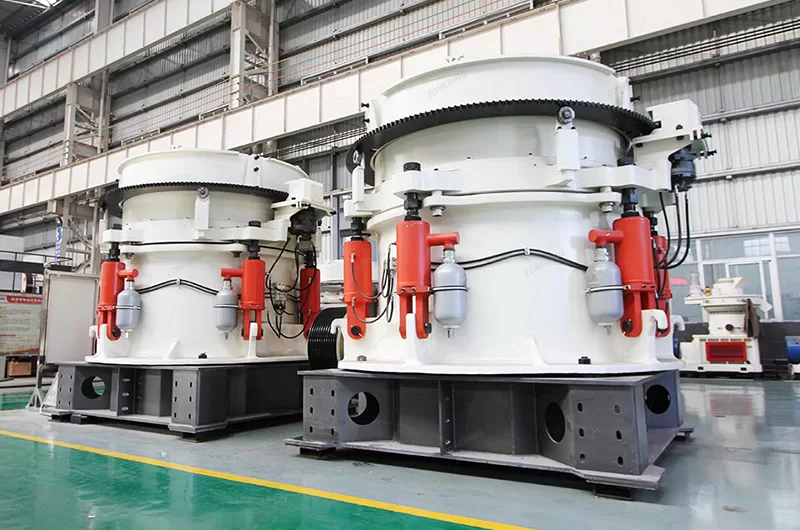
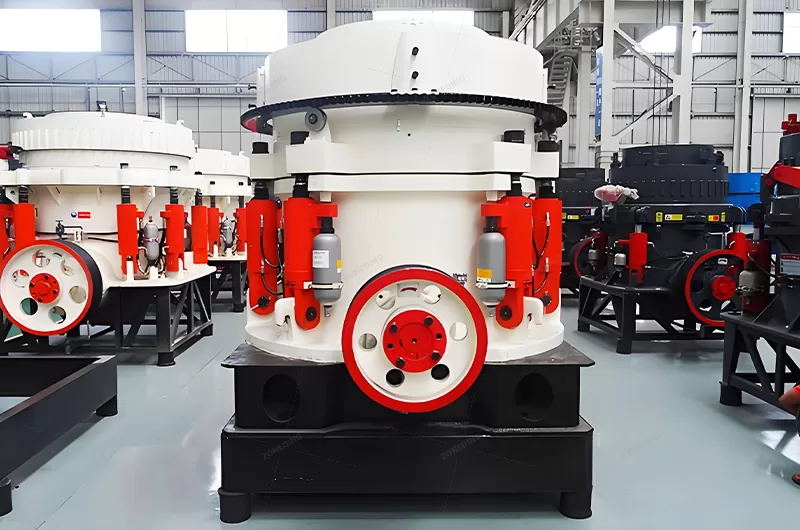
Hydraulic cone crusher can crush materials of above medium hardness, such as iron ores, copper ores, non-ferrous metal ore, limestone, quartz, granite, gritstone, etc. And it is widely used in metallurgy, building, hydropower, transportation, chemical industry, etc. When used in a stone production line, it can be used as secondary, tertiary or quaternary crushing.

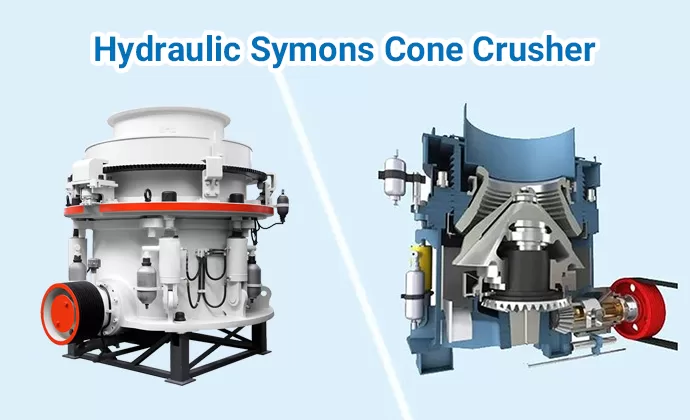
Zoneding Machinery provides users with various types of cone crushers such as compound, single-cylinder, multi-cylinder, and full-hydraulic. Complete specifications, affordable price, environmental protection, and energy saving. Our professional technical designers provide free design solutions and provide suitable solutions according to the customer’s site and broken materials.
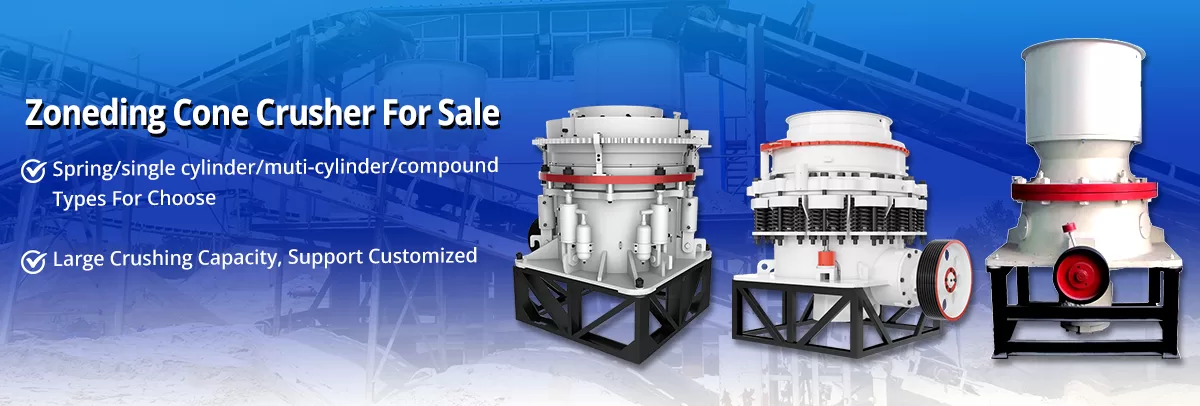
When Hydraulic cone crusher works, the motor drives the outer copper rotate through V-belt, host pulley, drive shaft, a small bevel gear, a large bevel gear. The outer copper forces crushing cone shaft axis of the outer copper to make rotating swing, making crushing surface sometimes near and sometimes leave the concave surface, so that the material is impacted, squeezed and bent in the ringlike crushing chamber consist of fixed cone and movable cone. After repeated squeezed, shocked, and bent, the material crushing to the required particle size is discharged from the lower part.
The hydraulic adjustment and oil lubrication make the crusher more steady and reliable. It also adopts labyrinth sealing mode, which avoids oil mixing with water easily.
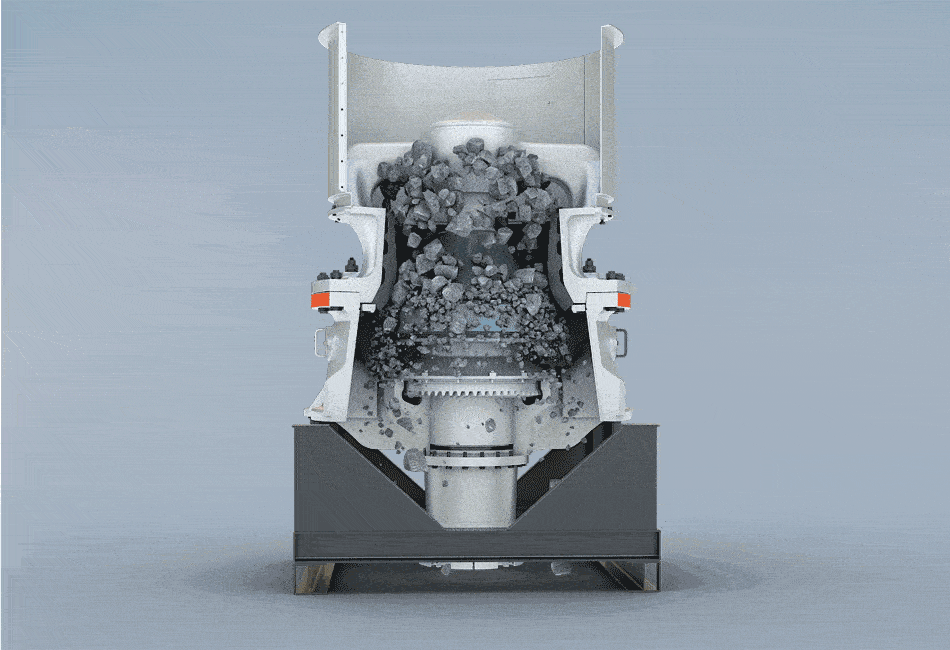
| Modelo | Cavity | Diameter of large end of crushing cone (mm) | Width of Feeding Opening(mm) | Max.feeding size (mm) | Adjusting Range of Discharge Opening (mm) | Processing capacity(t/h) | Main motor power(kw) | Weight of Main Machine (t) |
| HP200 | C1 | 900 | 210 | 178 | 22~38 | 160~250 | 160 | 10.1 |
| C2 | 155 | 132 | 18~38 | 145~250 | ||||
| C3 | 130 | 110 | 14~38 | 120~250 | ||||
| F1 | 118 | 100 | 12~25 | 108~210 | ||||
| F2 | 90 | 76 | 10~25 | 81~210 | ||||
| F3 | 70 | 60 | 8~25 | 72~210 | ||||
| HP300 | C1 | 1100 | 235 | 200 | 26~45 | 230~445 | 220 | 17.8 |
| C2 | 211 | 180 | 20~45 | 200~445 | ||||
| C3 | 135 | 115 | 16~45 | 180~445 | ||||
| F1 | 124 | 105 | 14~25 | 160~220 | ||||
| F2 | 96 | 82 | 12~25 | 140~220 | ||||
| F3 | 70 | 60 | 8~25 | 120~220 | ||||
| HP400 | C1 | 1400 | 330 | 280 | 26~51 | 270~630 | 315 | 25 |
| C2 | 200 | 170 | 22~51 | 243~630 | ||||
| C3 | 152 | 130 | 16~51 | 210~630 | ||||
| F1 | 135 | 115 | 12~25 | 162~370 | ||||
| F2 | 106 | 90 | 10~25 | 126~370 | ||||
| F3 | 80 | 68 | 8~25 | 104~370 | ||||
| HP500 | C1 | 1500 | 335 | 285 | 32~51 | 365~790 | 400 | 34.1 |
| C2 | 229 | 190 | 25~51 | 328~790 | ||||
| C3 | 180 | 152 | 19~51 | 280~790 | ||||
| F1 | 152 | 130 | 13~25 | 202~450 | ||||
| F2 | 124 | 105 | 10~25 | 158~450 | ||||
| F3 | 88 | 75 | 8~25 | 122~450 |
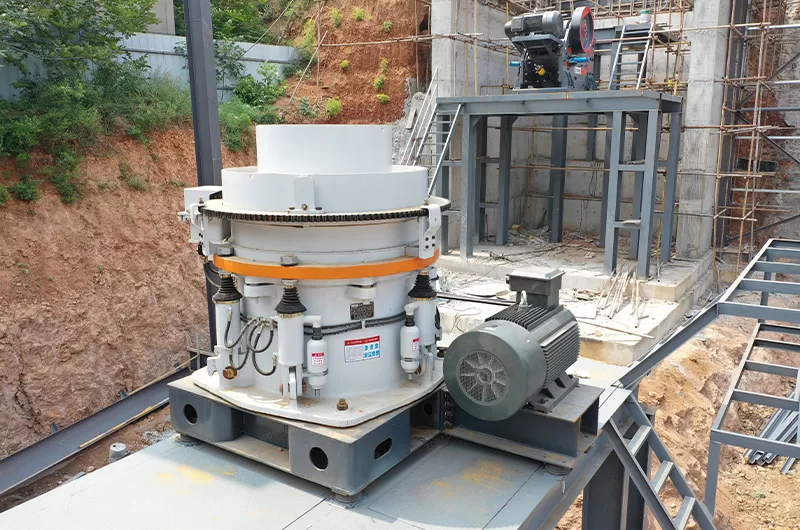
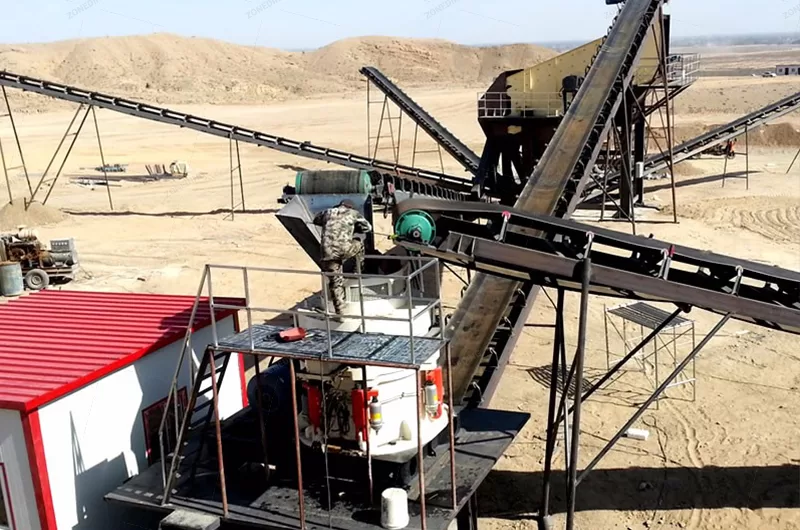
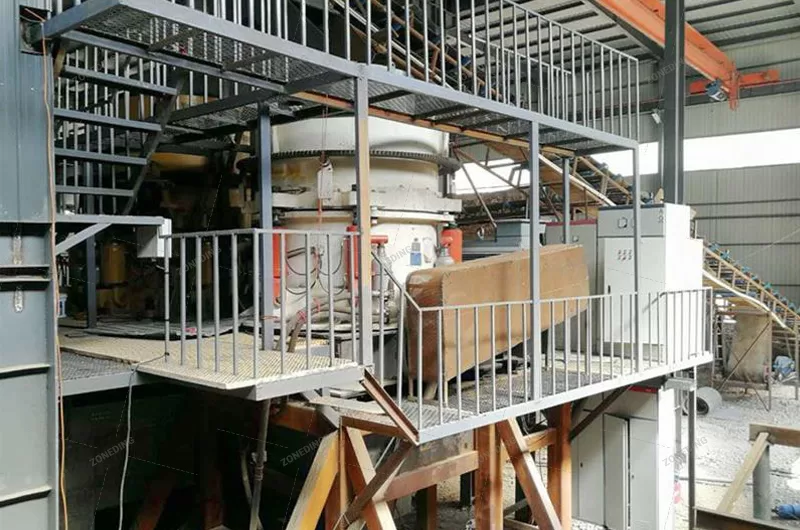
Contesta: Los factores clave que influyen en la separación son el movimiento de la mesa (carrera y frecuencia), el volumen y la pendiente del agua, la velocidad y la concentración de la alimentación y el tamaño y la forma de las partículas del material alimentado. El ajuste adecuado de estos factores es fundamental para una separación eficaz. Las pendientes longitudinal y transversal de la mesa deben controlarse con precisión. La concentración de la alimentación también debe ser la adecuada, normalmente 20-30% para minerales gruesos y 15-25% para minerales finos.
Contesta: El funcionamiento implica observar la superficie de la mesa y ajustar la pendiente, el caudal de agua y la velocidad de avance. El mantenimiento regular incluye la comprobación de piezas sueltas, la lubricación de los componentes móviles, la inspección del desgaste y la limpieza de la superficie de la mesa. El mantenimiento preventivo debe realizarse con regularidad, con intervalos que oscilan entre cada mes y una vez al año.
Contesta: Los problemas más comunes pueden incluir sacudidas de la mesa o cortes entrecortados, distribución desigual del material o separación deficiente. La solución de problemas puede incluir la comprobación de pernos sueltos, muelles dañados o desalineación, el ajuste de la tensión de la correa, la inspección de los componentes eléctricos y la lubricación adecuada. Si hay ruidos extraños, identifique la fuente y elimine el problema.
Contesta:
Ventajas: Las mesas de agitación ofrecen altos índices de enriquecimiento, son relativamente sencillas de manejar y producen zonas de separación visibles, lo que permite ajustarlas y controlarlas fácilmente. Son adecuadas para una amplia gama de tamaños y densidades de partículas.
Desventajas: Suelen tener menor capacidad de producción que otros métodos, como las plantillas o las espirales. También requieren un espacio relativamente grande y consumen una cantidad significativa de agua.
Contesta: La selección depende del material que se procese, del caudal deseado y de la gama de tamaños de las partículas. Los factores a tener en cuenta son la superficie de la plataforma, la longitud de la carrera y el diseño de la canaleta. Se recomienda consultar a un fabricante o experto para determinar la configuración óptima.
